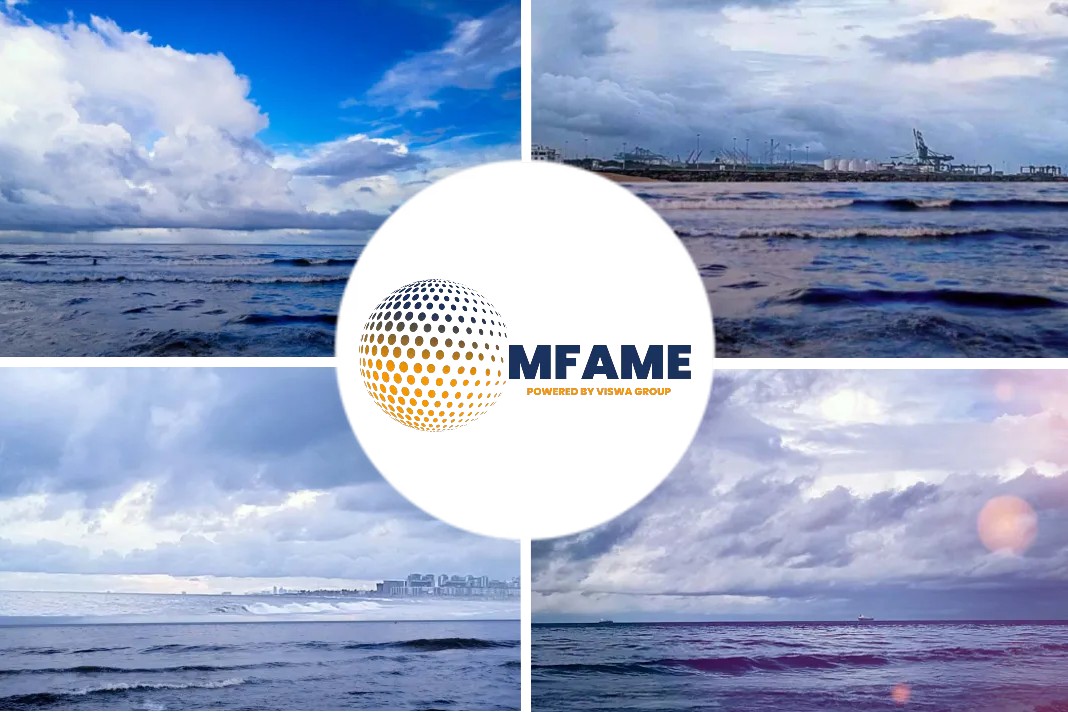
Vasco Passanha, Technical Manager EMEA at Aderco, on Monday (20 February) shared the impact of marine fuel waxing in an article on LinkedIn and explained how the phenomenon can be avoided. Manila Times has summarised an excerpt from the article:
A serious concern for those handling Marine Fuel is waxing – the formation of wax crystals that can have a variety of negative impacts.
Impact of marine fuel waxing
Vasco explains it is more prone to low viscosity VLSFO fuel due to its higher paraffinic nature and shared how waxing can be minimized through proper temperature management.
Vasco explains “Paraffinic fuels contain a different mix of molecules than more aromatic-based fuels, making them more sensitive to changes in temperature and therefore more prone to waxing. When fuel drops below its Cloud Point (the temperature at which wax crystals can first form), these crystals will Agglomerate together inside the storage tanks, fuel lines and filters, clogging these components up significantly. Engineers will see this in the filters and fuel waxing can also affect the operations of the separator. To counter this issue, it’s imperative that fuel is heated correctly so that the wax crystals are reincorporated correctly back into the fuel blend.”
He continues “The key takeaway here is that when it comes to heating VLSFOs, less is often more. Excessive temperatures should not be used as this can increase costs and may destabilise the fuel creating asphaltenic sludge. As VLSFO is more paraffinic the rules are not the same as HFO and needs a higher temperature than the original suggests to avoid waxing, although a higher viscosity VLSFO can still adhere to HFO temperature guidance.”
Usually, a Pour Point plus 10 degrees Celsius should be sufficient in managing fuel temperature and preventing wax build-up within tanks, fuel lines and filters, however, performing a lab test to confirm the exact temperature to operate could save many operational issues.
Wax build-up in VLSFOs
By sticking within these parameters and making sure all other aspects of storage remain consistent, it should be easier to avoid most issues related to wax build-up in VLSFOs.
There is an issue, he continues, with ISO 8217 catching up, as the Pour Points were based on HFO, with VLSFO being adopted as the main fuel oil only fairly recently and correct guidance is still catching up.
The table below has been created by Alfa Laval in June 2019, as a general guide to heating storage tanks and also provides separation temperature to limit operational issues.

“To really understand your fuel, it’s best to test it regularly for determining wax liquefaction temperature. Having it tested in a lab will reveal the correct temperatures to store and handle fuel at its best.”
“One issue” He continues “heating in some storage tanks don’t go above certain temperatures, this might be due to the placement of heating coils, or goods that are being transported etc. Also, wax crystals can exist that can’t be seen, due to temperature being marginally cooler than in the ‘Goldilocks zone’ and then the separator cannot distinguish between sludge and wax crystals and therefore sends waxy fuel to the sludge tank wasting fuel and money.”
So, what can Aderco do? “Although Aderco fuel conditioners can’t help the issue itself, they can clean the engine. Aderco helps to reincorporate and restabilise fuel, post waxing. A good example in which Aderco is applied in this instance is when a ship has to shut off heating before dry dock, treat with Aderco prior, to stabilise, and to help homogenise when vessel comes out of dry dock.”
Note: The original article on LinkedIn can be obtained here.
Did you subscribe to our newsletter?
It’s free! Click here to subscribe!
Source: Manifold Times





















